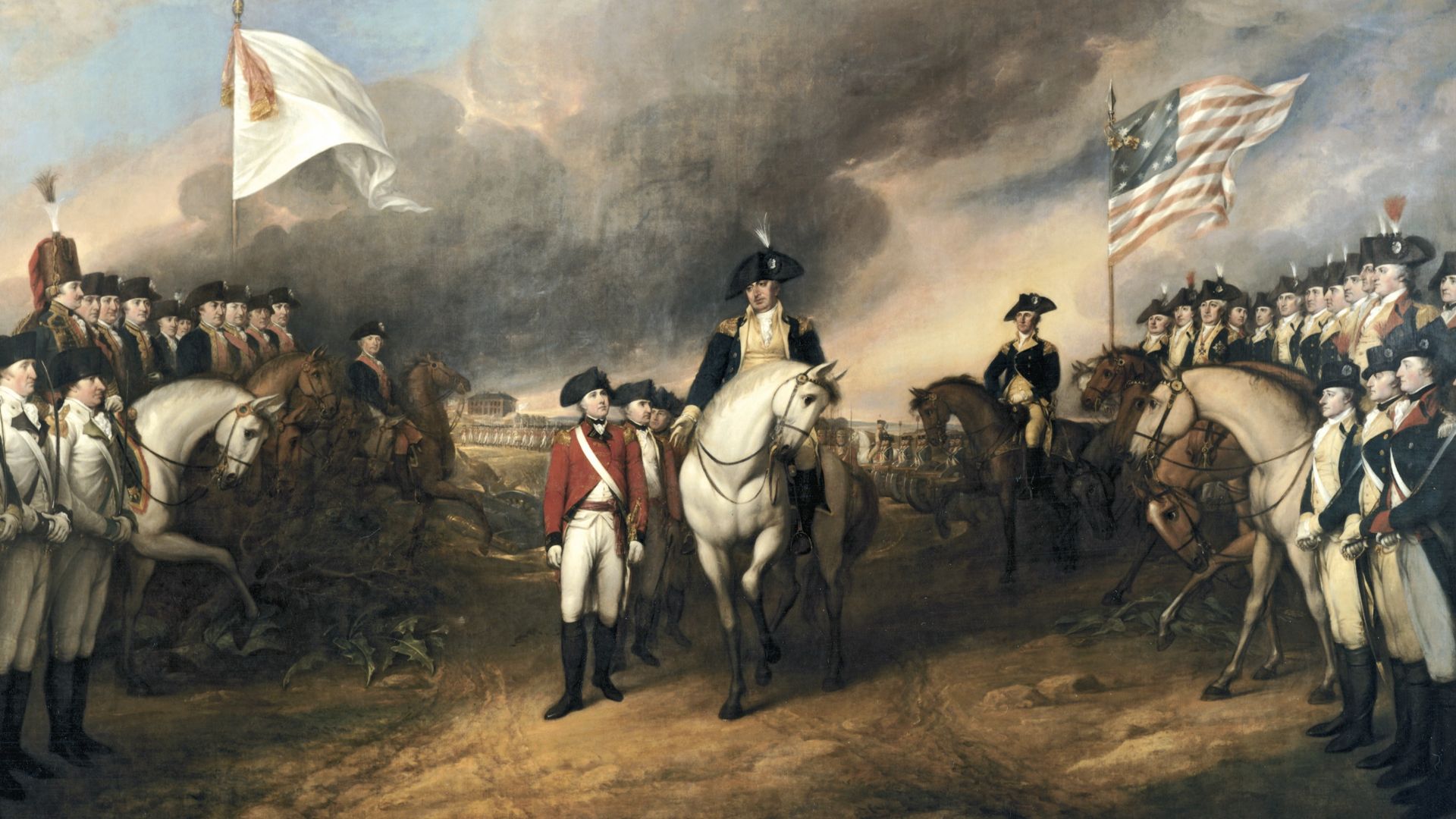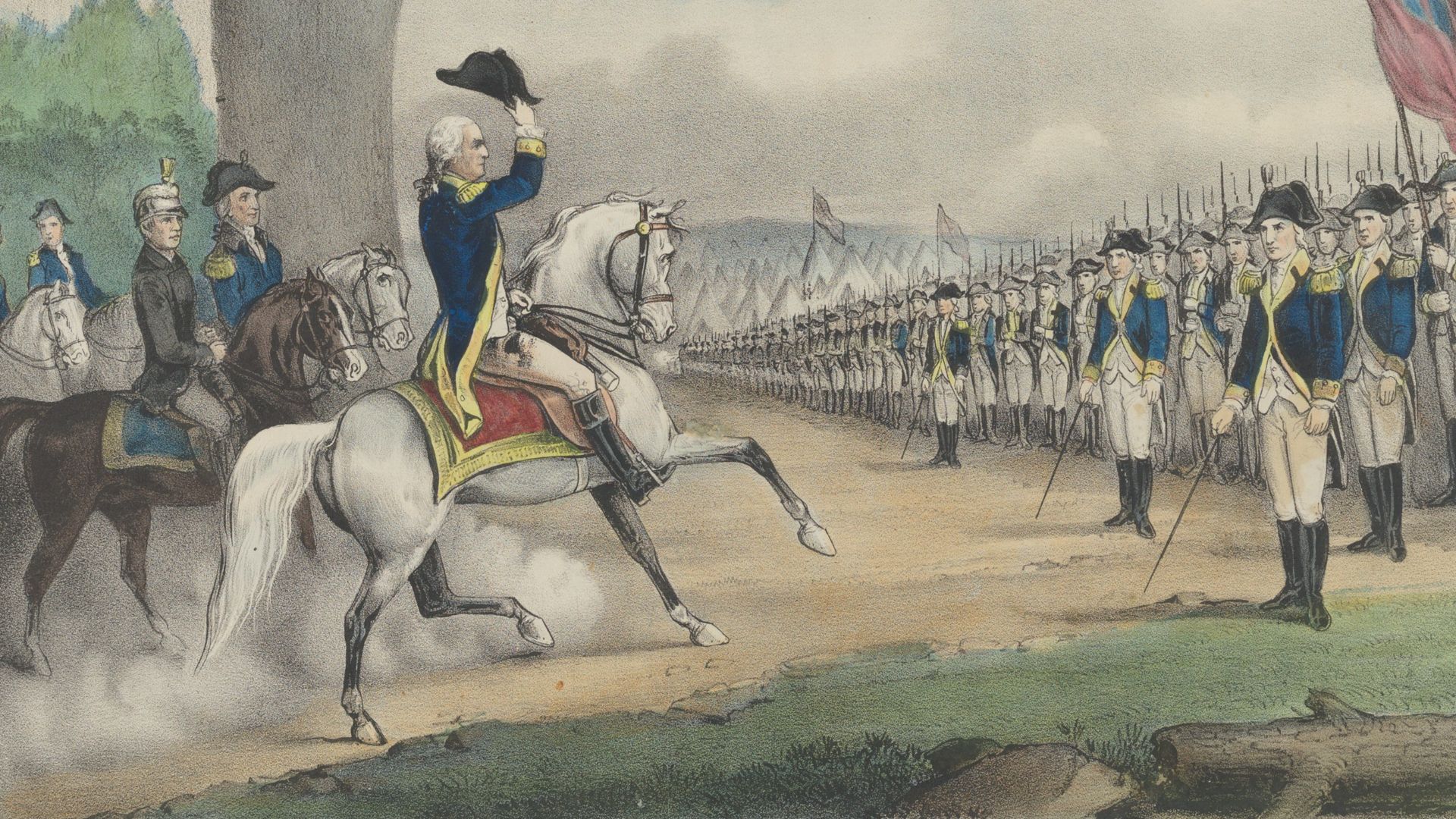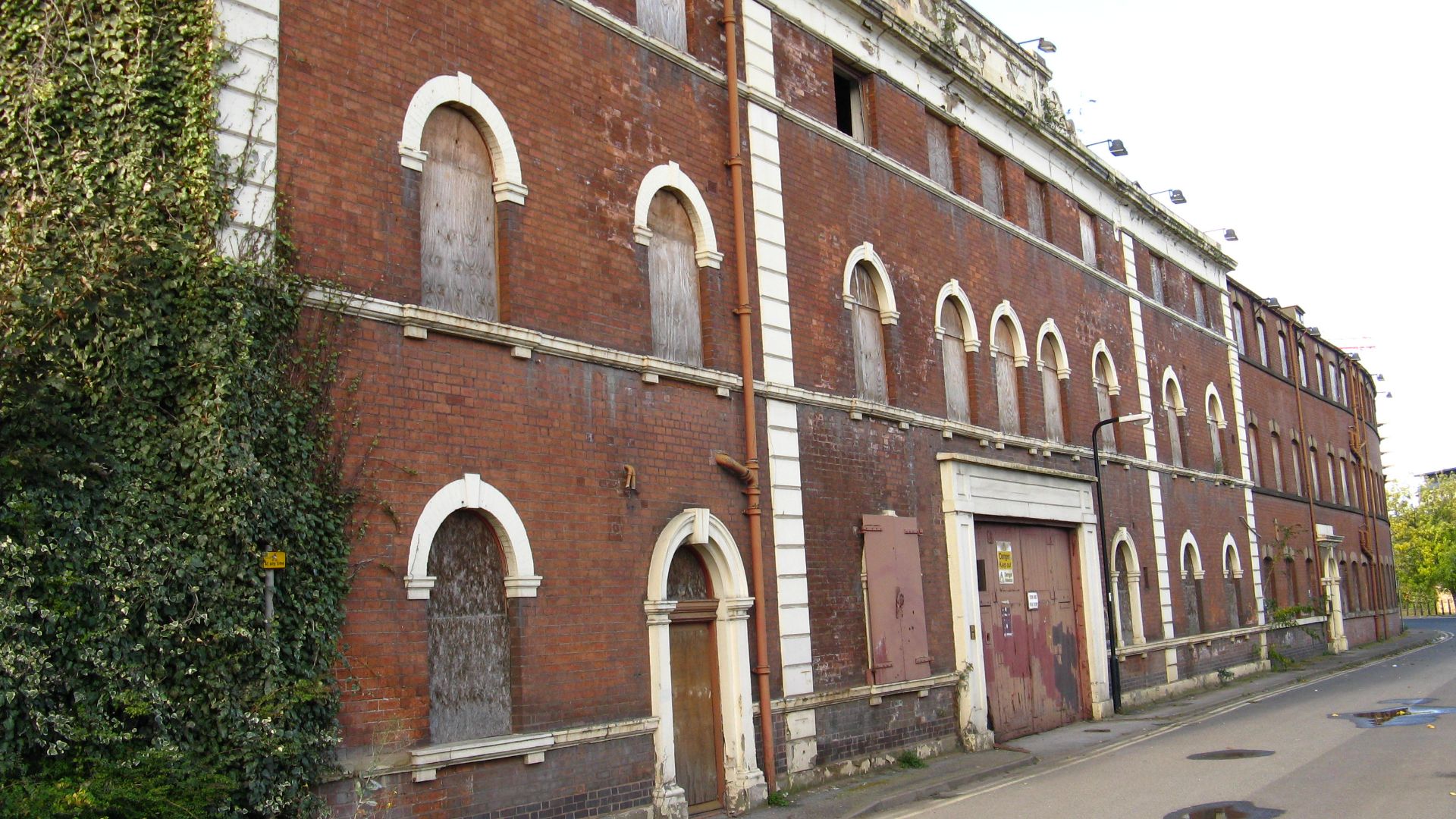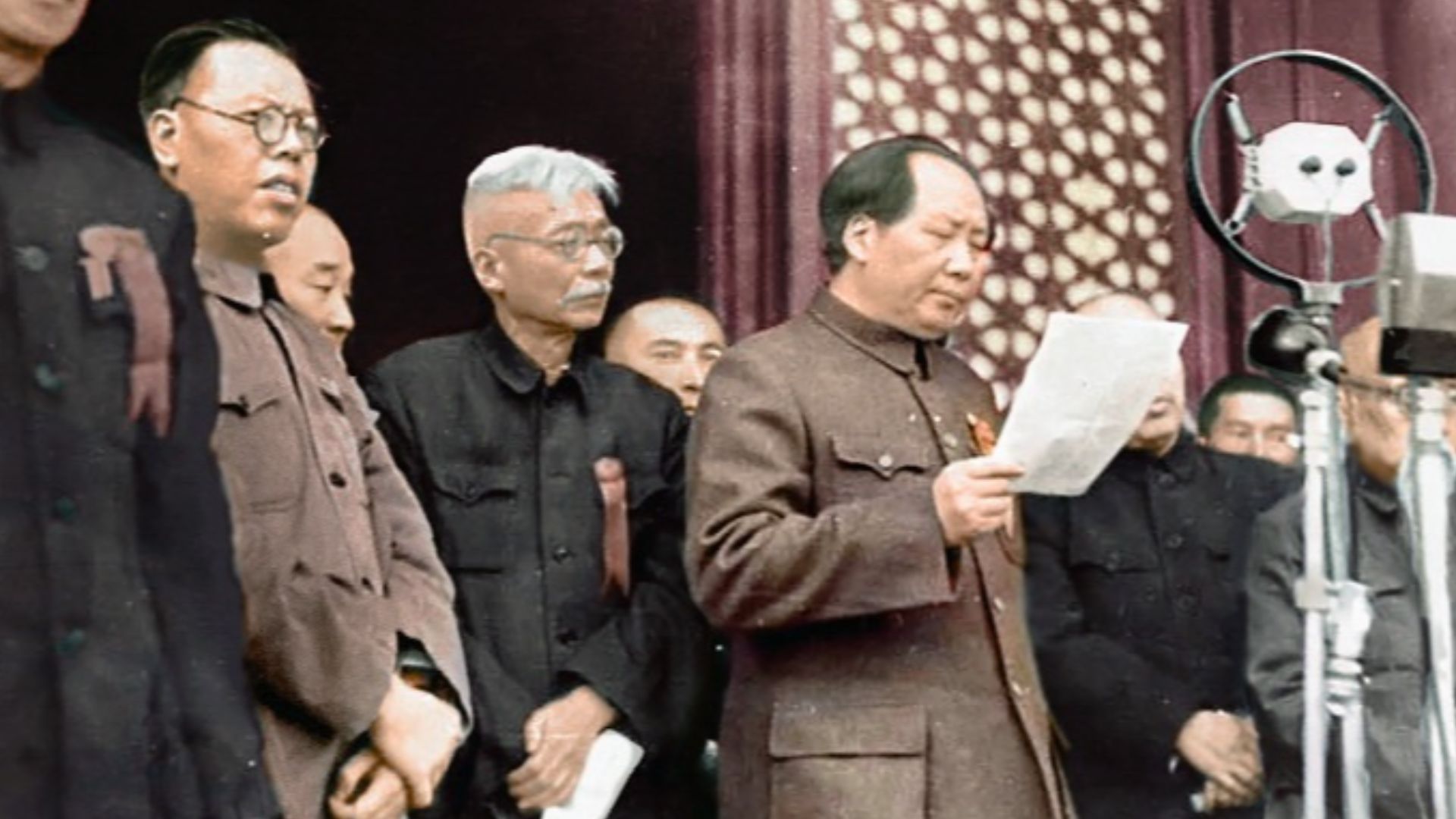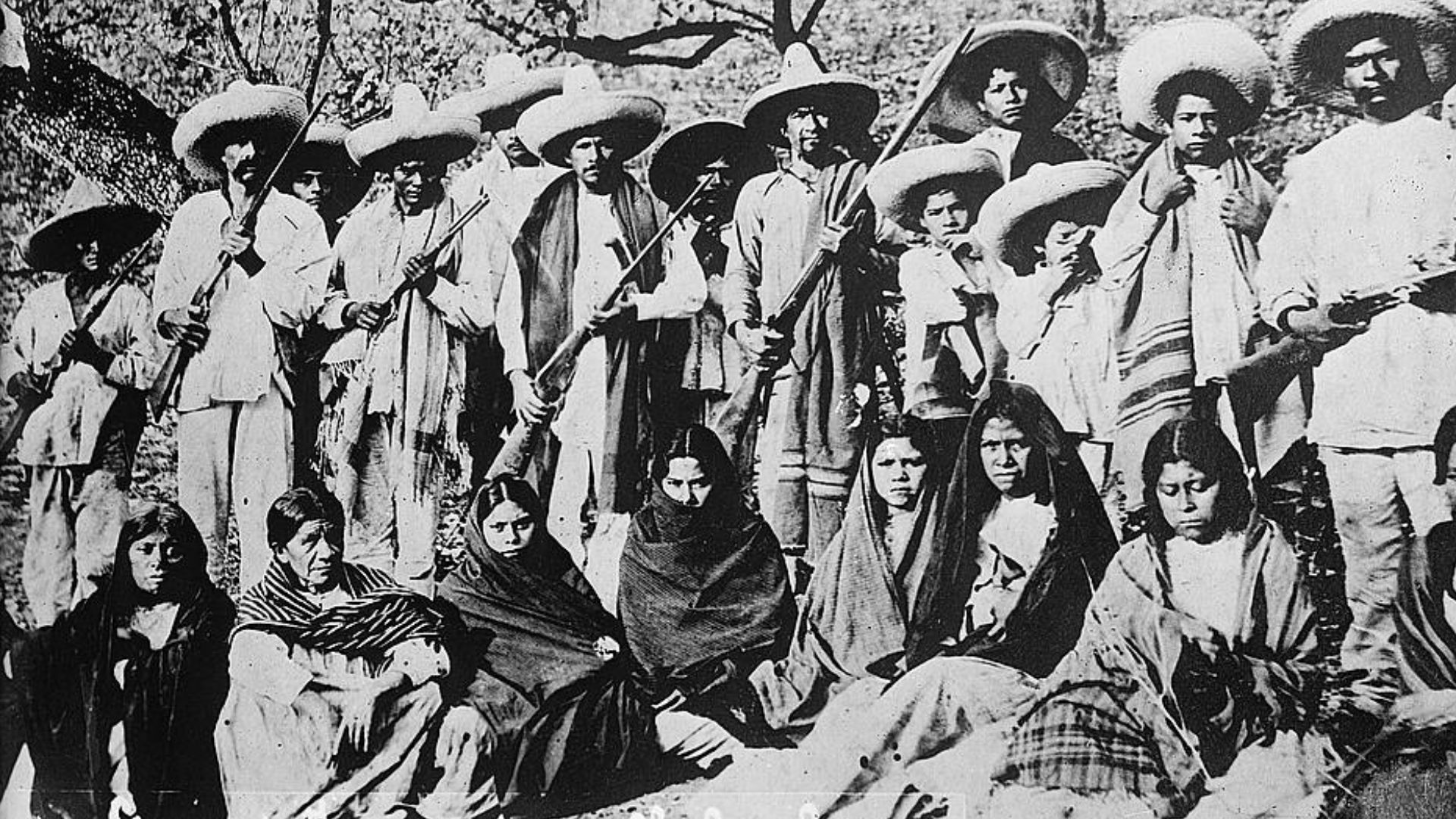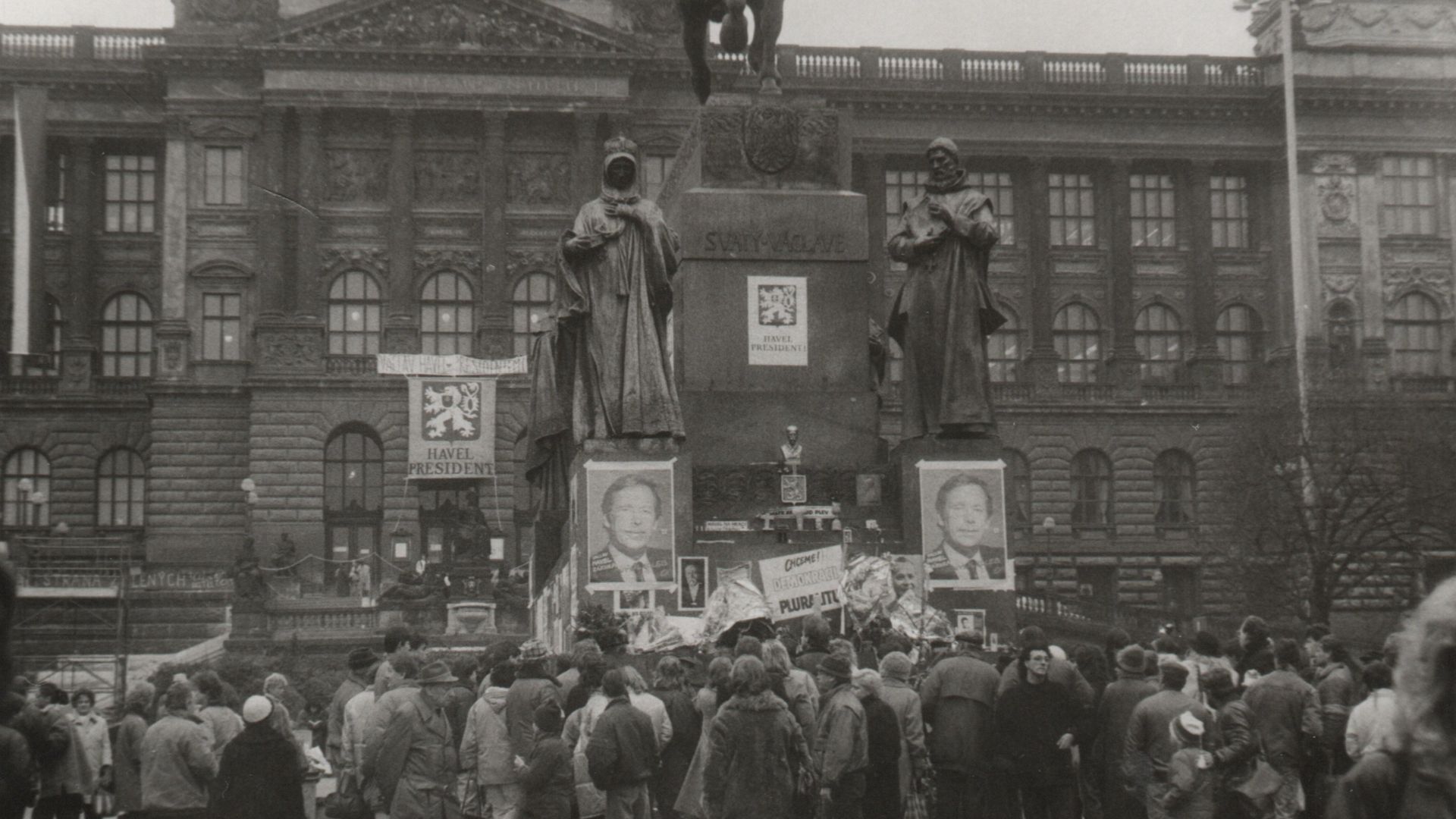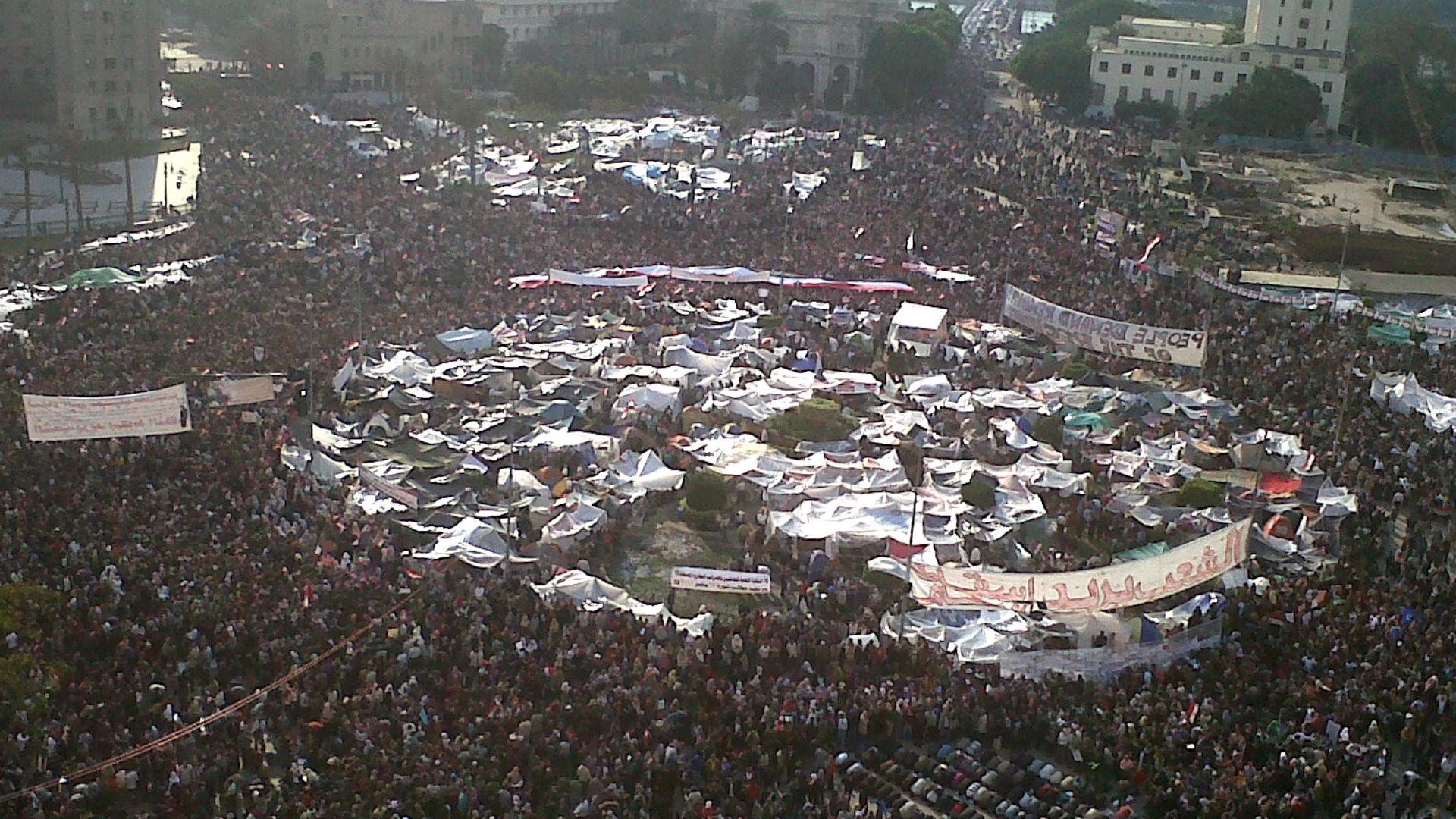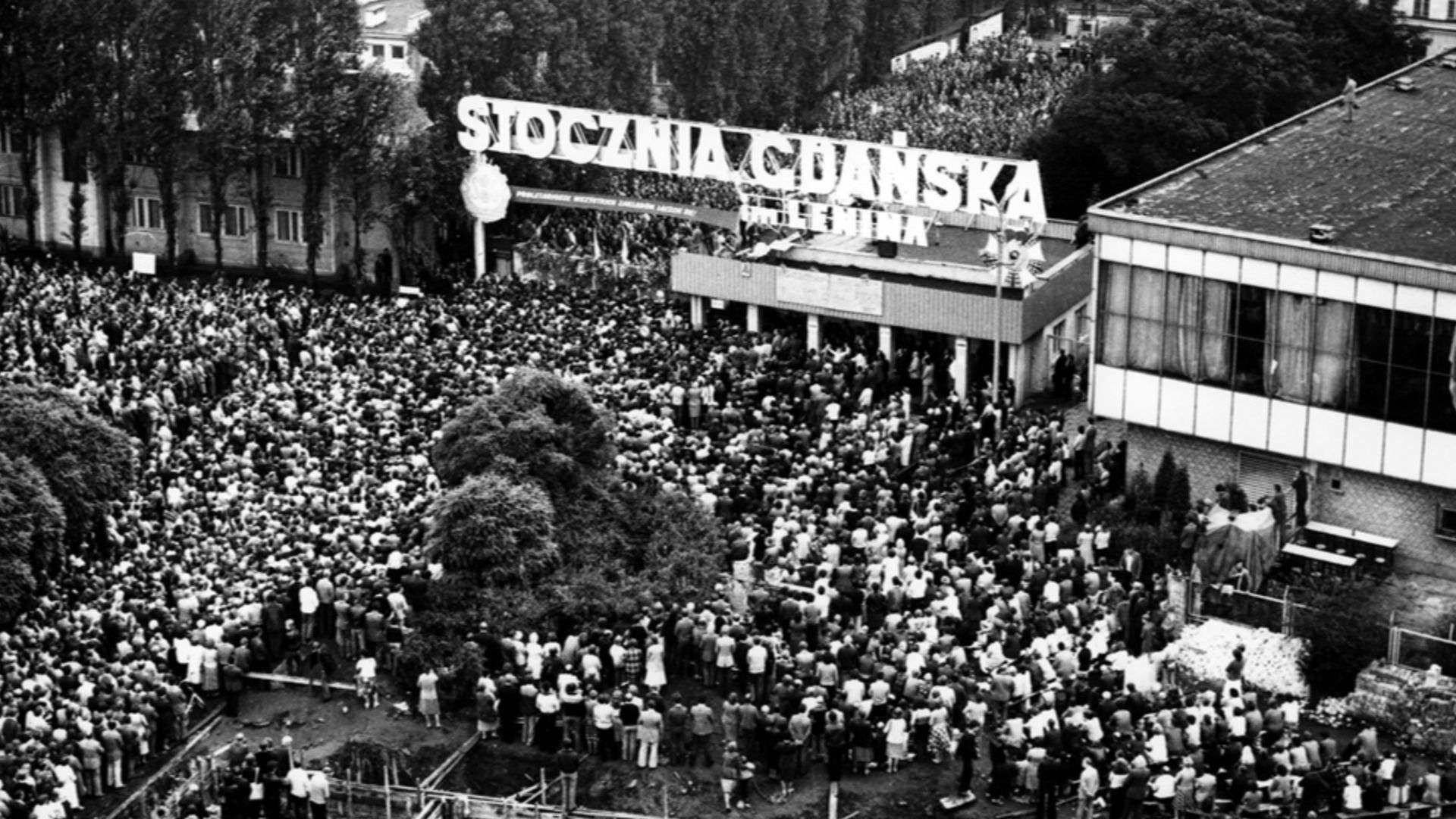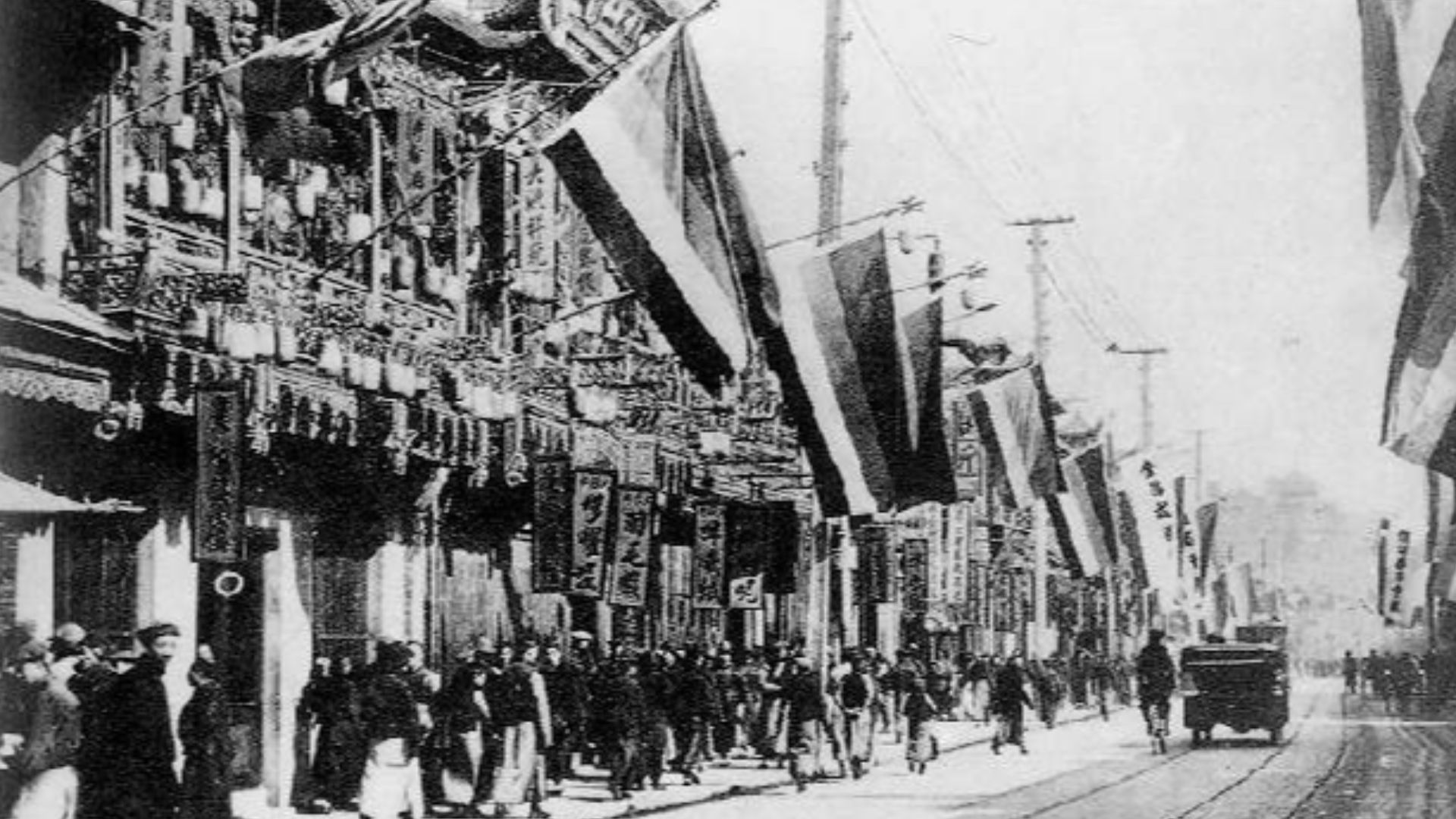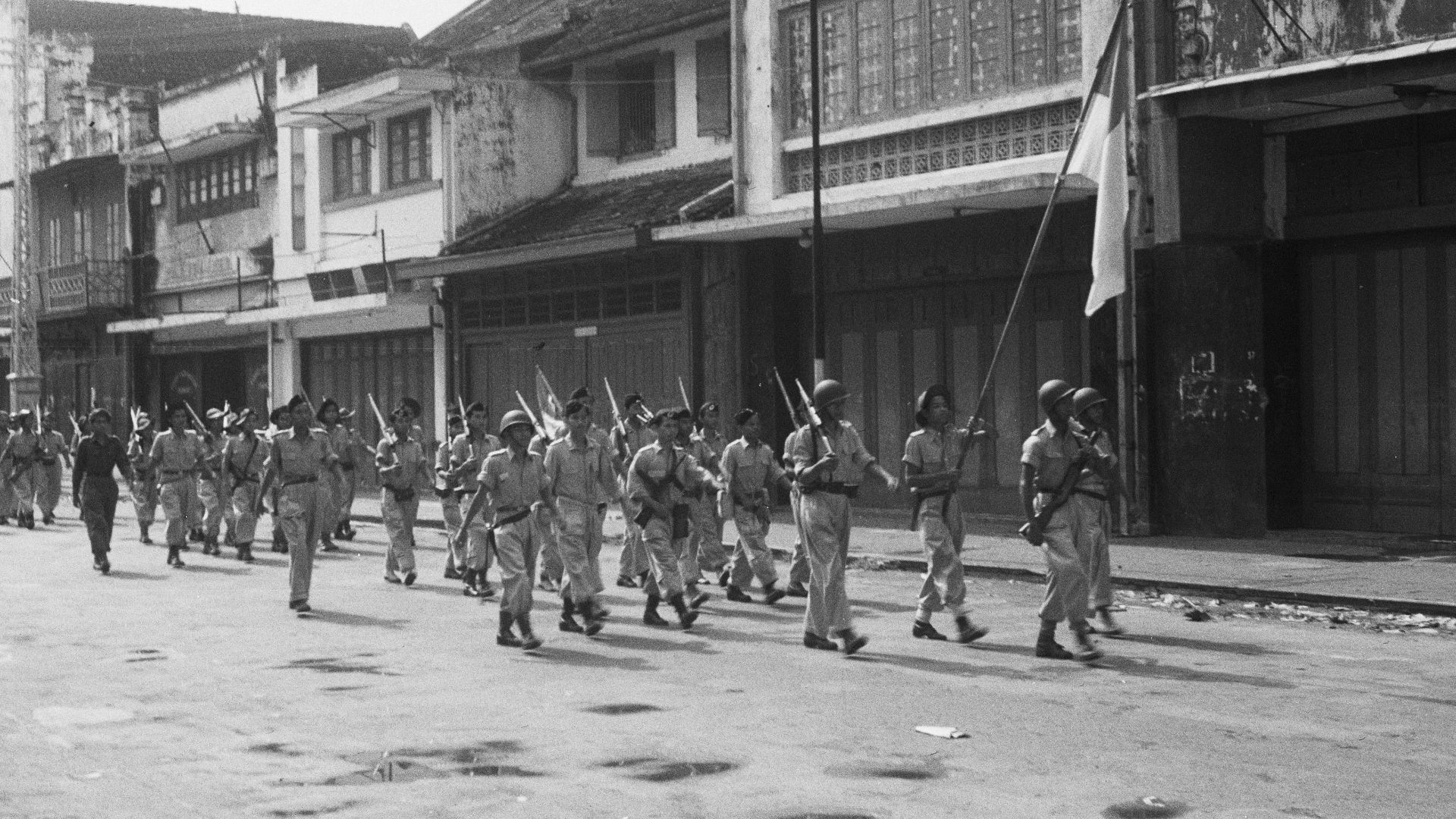Revolutions That Changed The World
Across centuries, countless uprisings fueled by the desire for justice and change have shaped the world we live in today. Even though many now take for granted the rights and freedoms these moments of unrest paved the way for, it doesn't take their place in history. If you want to learn about some of these turning points, read on. We have compiled 20 for you.
1. The American Revolution
By the late 1700s, British taxes pushed the American colonies too far. Tensions built, and revolution soon erupted. After years of battles and bold declarations, the colonies claimed independence in 1776. This marked the beginning of a powerful new nation shaped by liberty and conflict.
2. The French Revolution
When bread prices soared and inequality sharpened, French citizens stormed the Bastille in 1789. What followed was a whirlwind of rebellion and radical change. The revolution transformed France’s monarchy into a republic and inspired political movements across Europe for generations to come.
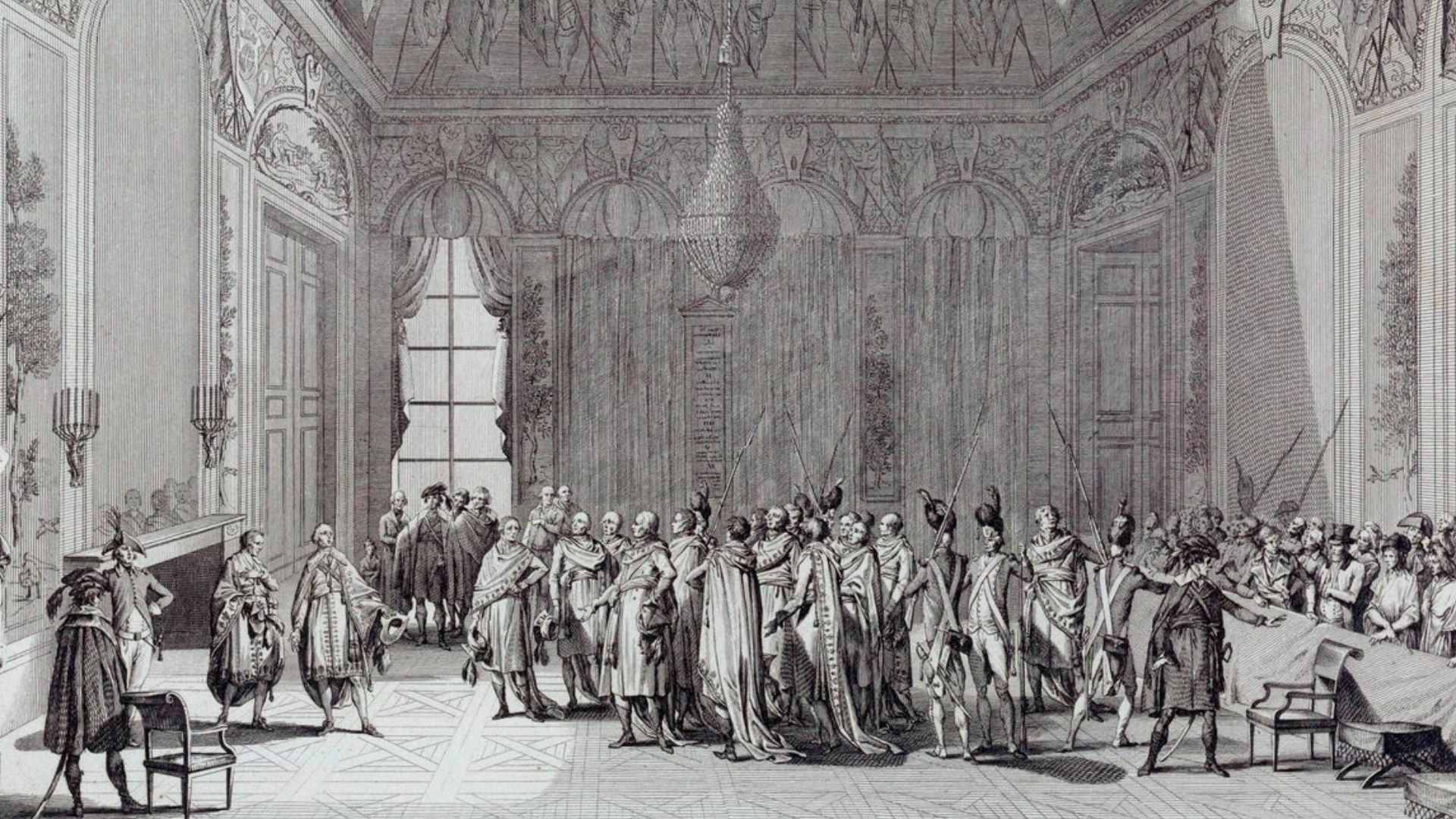 Jean Baptiste Michel Dupréel on Wikimedia
Jean Baptiste Michel Dupréel on Wikimedia
3. The Haitian Revolution
It started with enslaved people rising up in 1791. In time, their fight shattered colonial control and gave birth to the first Black-led republic. Haiti’s revolution not only abolished slavery but also challenged empires, becoming a bold symbol of freedom against impossible odds.
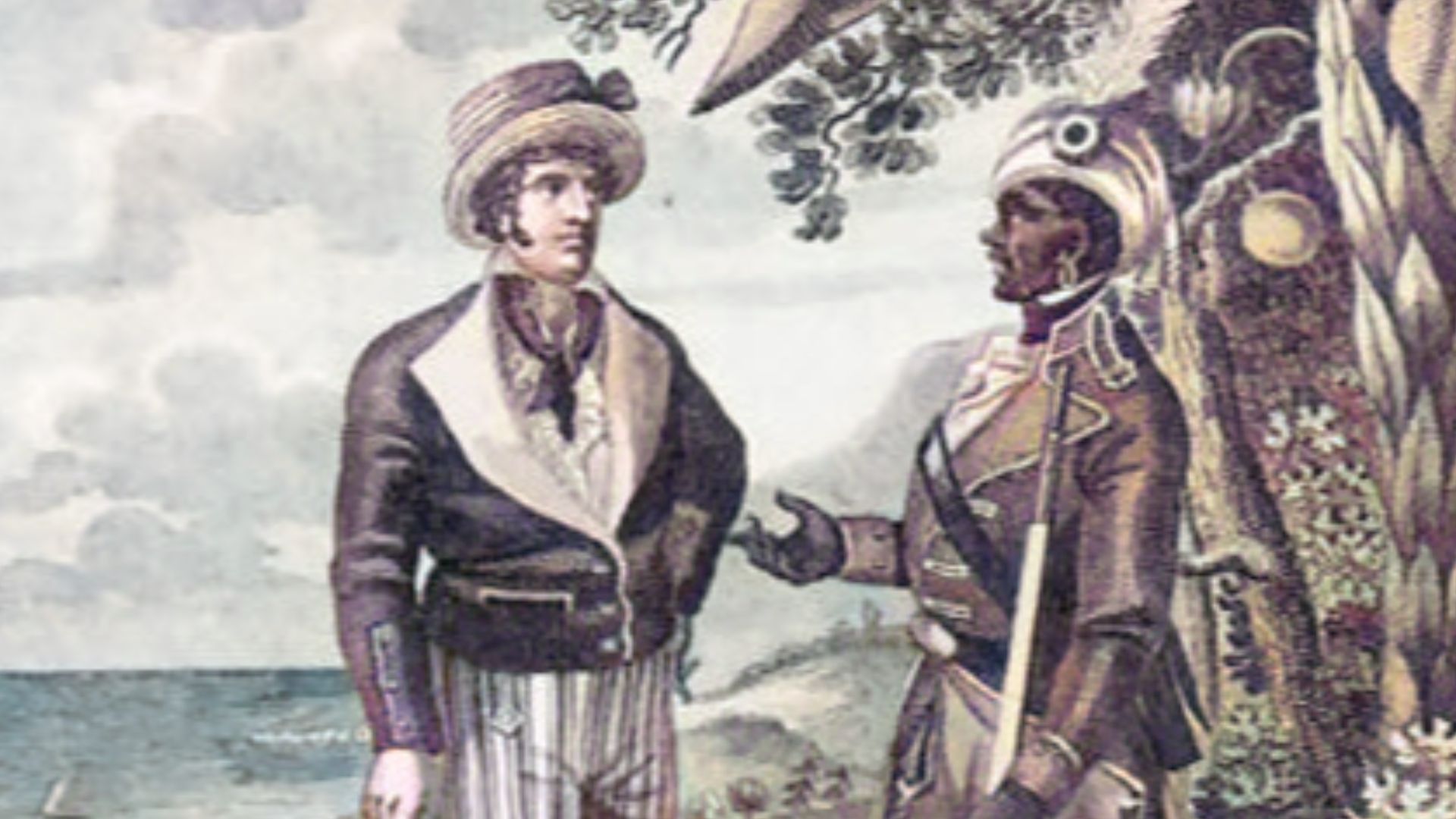 Marcus Rainsfield on Wikimedia
Marcus Rainsfield on Wikimedia
4. The Industrial Revolution
The Industrial Revolution shaped modern society through technology, which changed how people lived and worked across continents. Beginning in Britain, factories replaced farms, and machines changed daily life. It didn’t happen overnight, but step by step, cities grew and steam powered progress.
5. The Russian Revolution
Russia’s monarchy faced a breaking point in 1917. As World War I dragged on, people demanded peace and land. The czar fell, Vladimir Lenin rose, and the Soviet Union emerged. That shift turned the global stage toward communism and decades of ideological tension.
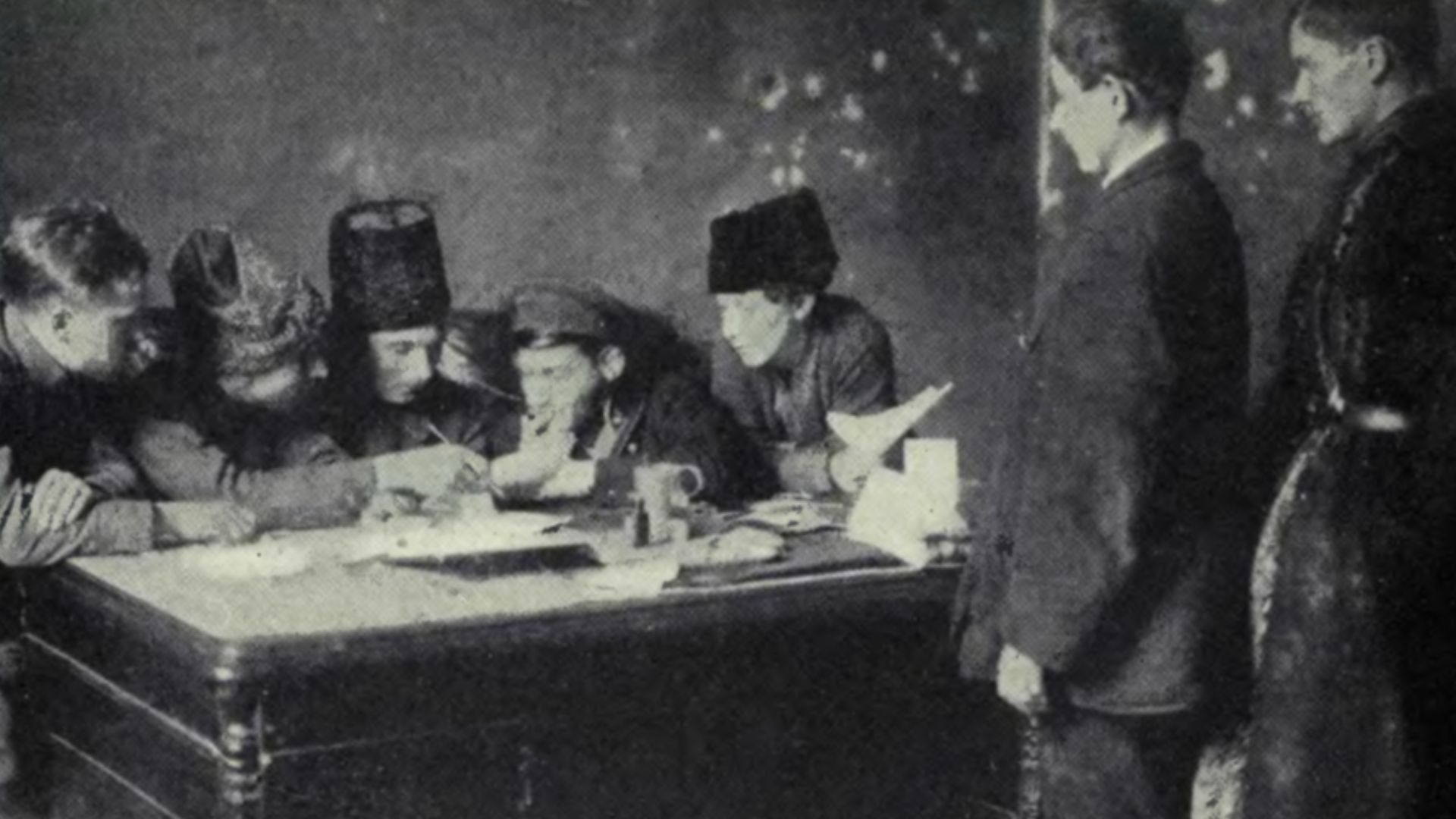 Ross, Edward Alsworth, 1866-1951 on Wikimedia
Ross, Edward Alsworth, 1866-1951 on Wikimedia
6. The Iranian Revolution
In 1979, Iran’s streets filled with chants and protests. The Shah lost his grip, and Ayatollah Khomeini returned from exile. What followed was the birth of an Islamic republic, deeply reshaping Iran’s identity and sparking lasting shifts in Middle Eastern and global politics.
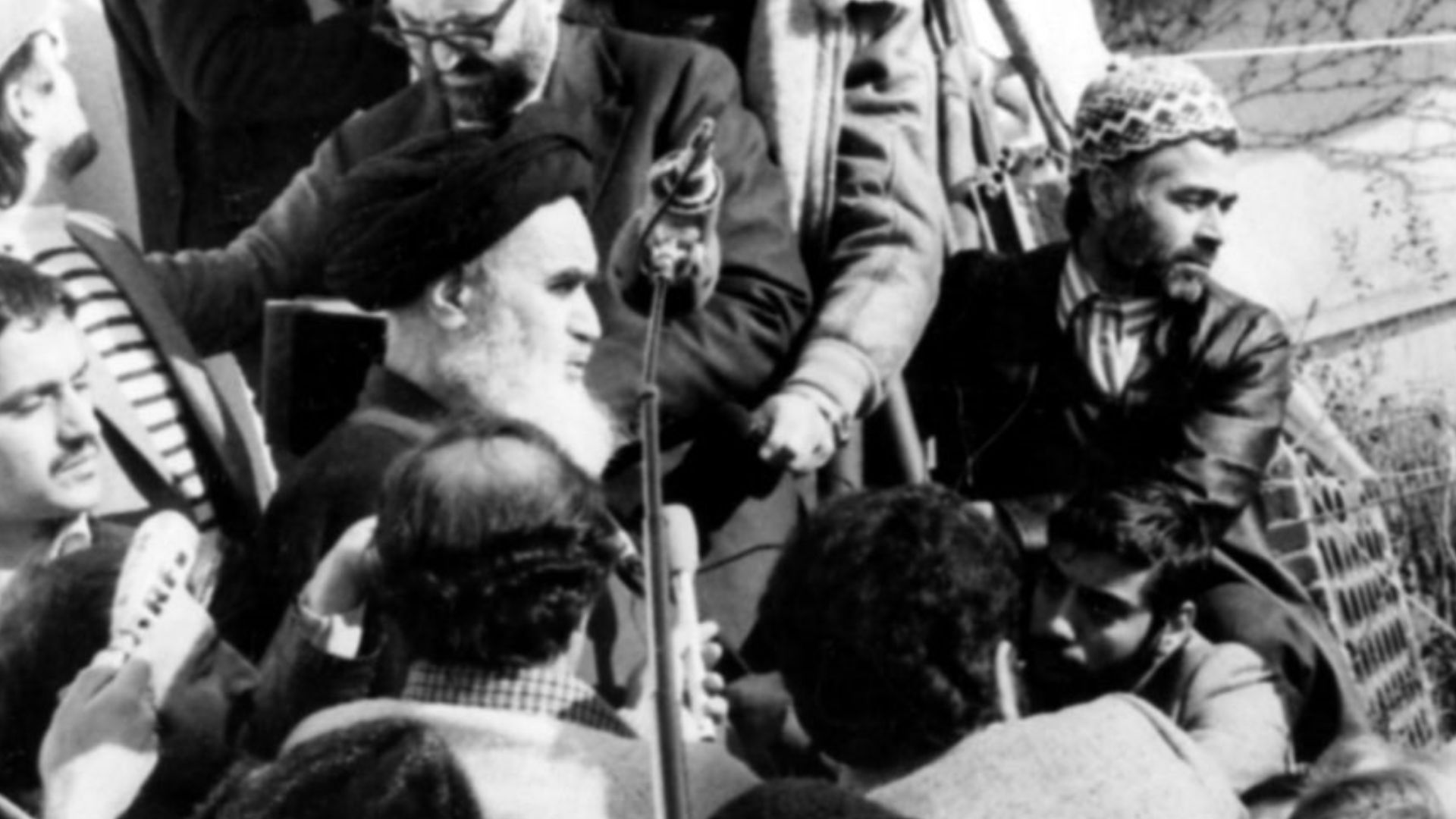 iichs.ir (Unknown photographer) on Wikimedia
iichs.ir (Unknown photographer) on Wikimedia
7. The Chinese Communist Revolution
Mao Zedong declared the People’s Republic in 1949 from the podium in Tiananmen Square. That moment carried sweeping consequences for rural communities, central authority, and world diplomacy. It ensured China’s presence as a central figure in the intricate political maneuvers of the Cold War period.
8. The Cuban Revolution
Fidel Castro and his rebels didn’t win overnight. After years in the mountains and streets, they finally pushed Batista out in 1959. Cuba’s new path included bold reforms and close Soviet ties, which eventually brought the world to the brink during the missile crisis.
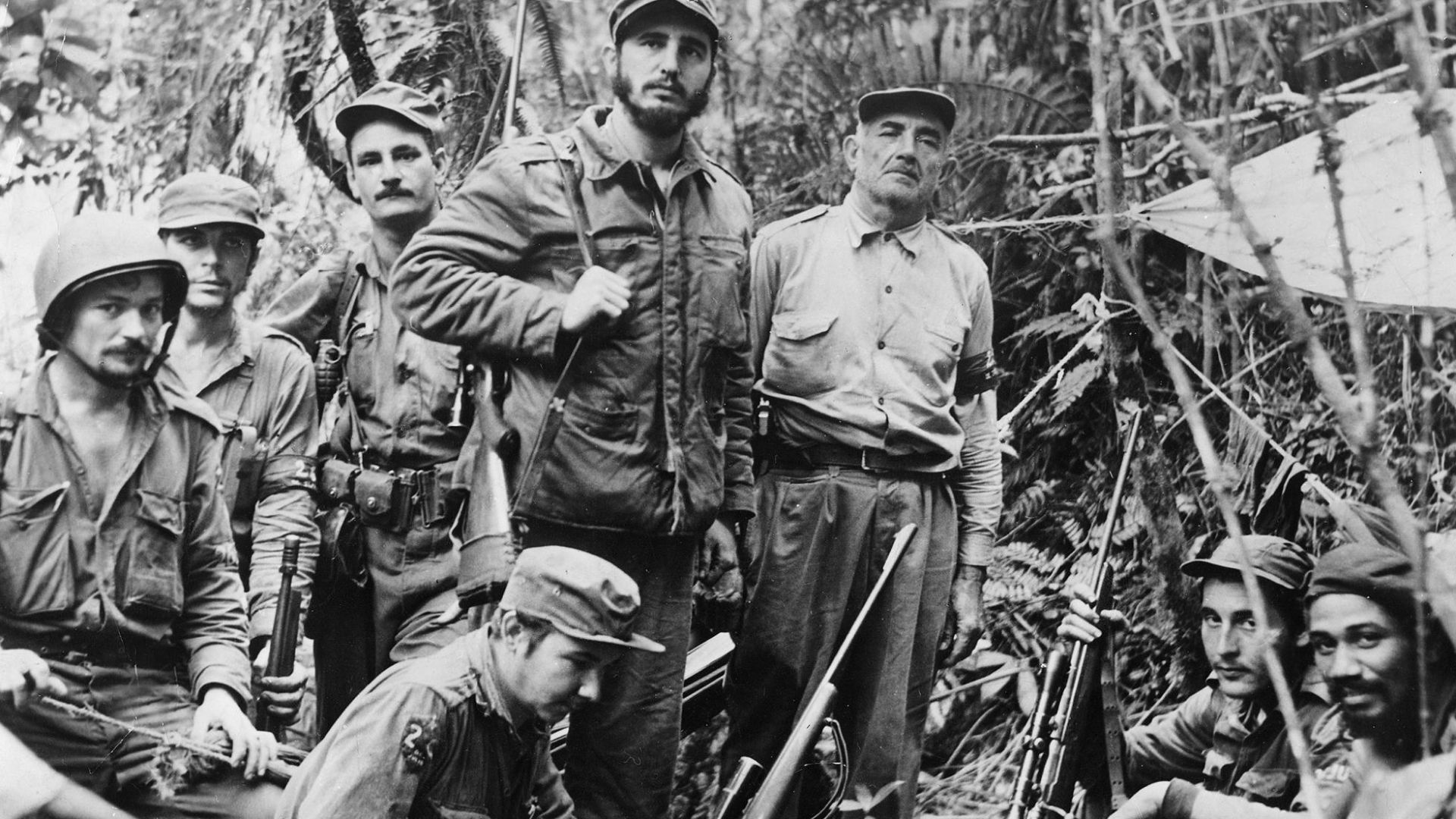 Unknown authorUnknown author on Wikimedia
Unknown authorUnknown author on Wikimedia
9. The Mexican Revolution
It began in 1910 with cries for justice and land. Farmers, fighters, and visionaries rose up against dictatorship. Over the next decade, battles shifted control, and reforms slowly took root. The revolution laid the foundation for modern Mexico’s political and social system.
10. The Glorious Revolution
This shift in 1688 reshaped British governance for centuries ahead, but unlike others, it happened with surprising calm. England’s monarchy transitioned peacefully when William and Mary took the throne. Parliament gained more power, and the balance between the crown and the people began to tilt.
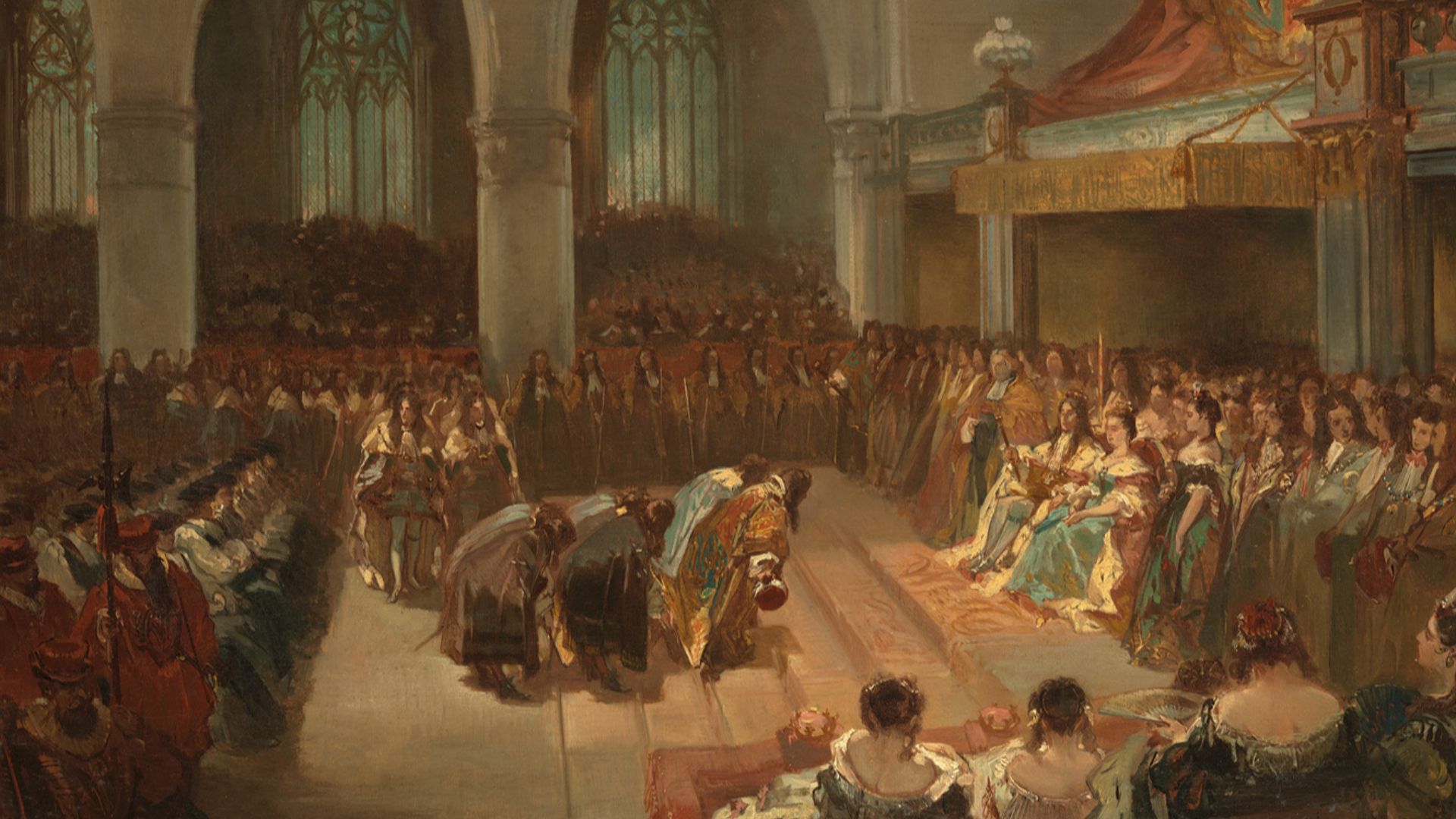 Charles Rochussen on Wikimedia
Charles Rochussen on Wikimedia
11. The Velvet Revolution
In 1989, Czechoslovakia moved from communism to democracy without bullets flying. Peaceful protests grew louder as citizens gathered in public squares. The government stepped down, and change swept in. This quiet uprising proved that voices, when united, could turn the tide without violence.
12. The Egyptian Revolution (2011)
It all started with online calls and growing unrest. Crowds flooded Tahrir Square, demanding change. As days passed, pressure mounted, and eventually, the president stepped down. Egypt’s 2011 revolution became a powerful symbol of digital-age protest and youth-led resistance in the Arab world.
13. Solidarity Movement
In 1980s Poland, dockworkers sparked something bigger than just strikes. What began in the Gdańsk shipyards grew into a national movement led by Lech Wałęsa. Over time, it chipped away at Communist control and quietly set the stage for sweeping change across Eastern Europe.
14. The Indian Independence Movement
This wasn’t a single event, but a slow, powerful push. Decades of marches and voices like Mohandas Karamchand Gandhi led India toward freedom. By 1947, colonial rule ended. The movement became one of history’s most inspiring examples of nonviolent resistance.
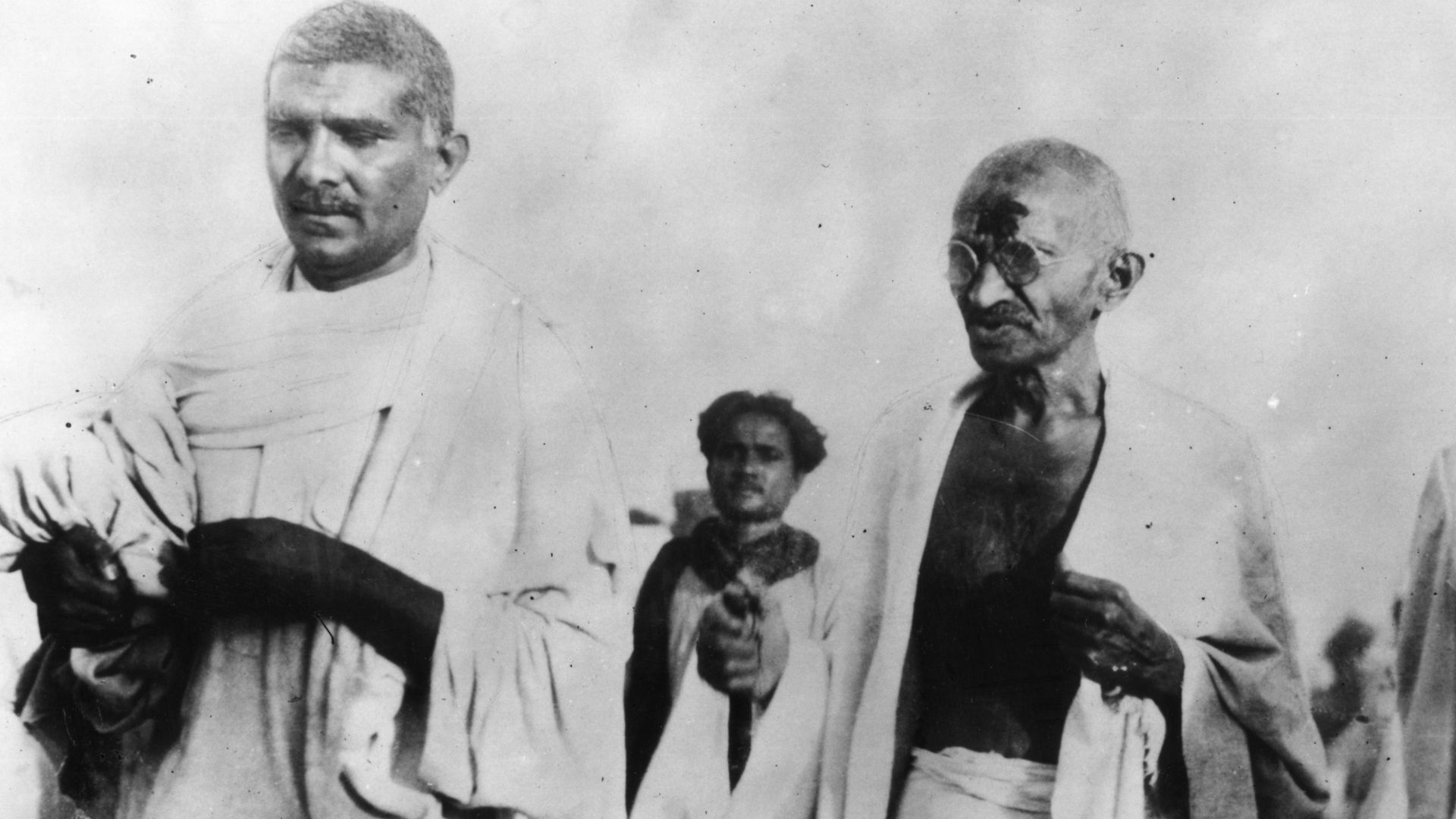 Unknown authorUnknown author on Wikimedia
Unknown authorUnknown author on Wikimedia
15. Cultural Revolution
Mao Zedong’s campaign in the 1960s reshaped China in unexpected ways. He called on students to purge tradition and loyalty to anything but his vision. The result was years of upheaval and loss. When it finally ended, the country began searching for stability again.
16. The German Revolution (1989)
It began with whispers in Leipzig churches. Then the marches started growing. Bit by bit, East Germans pushed through fear, and eventually, the Berlin Wall fell, and reunification followed. This grassroots movement helped stitch Germany back together after decades of division, both physical and ideological.
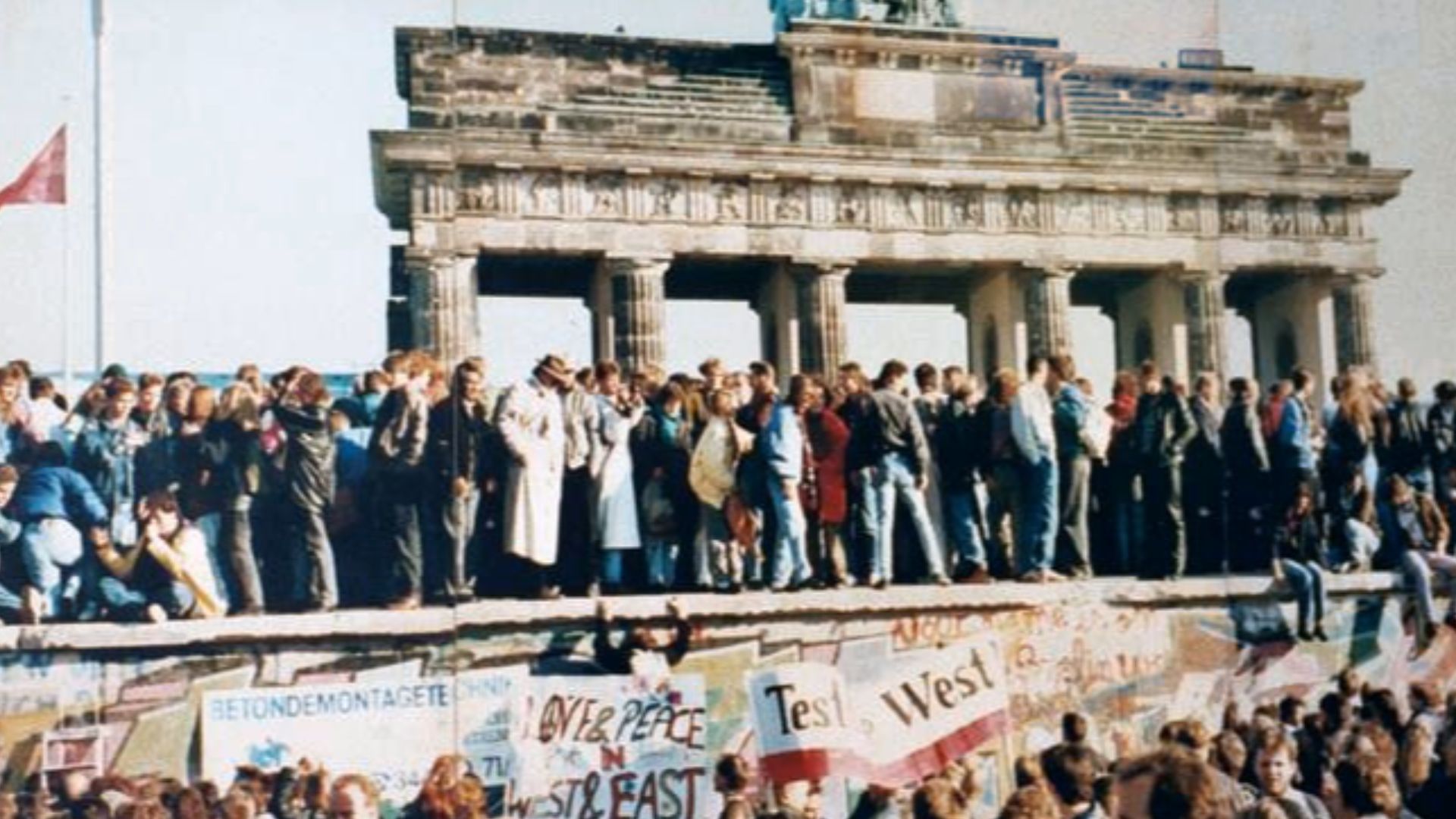 Unknown photographer, Reproduction by Lear 21 at English Wikipedia. on Wikimedia
Unknown photographer, Reproduction by Lear 21 at English Wikipedia. on Wikimedia
17. The Iranian Constitutional Revolution
In the early 1900s, Iranians pushed back against absolute monarchy, and protests led to a parliament and a constitution. Though the journey was bumpy, this movement planted early seeds of reform. It showed that even in monarchies, people could demand structure and shared power.
 Unknown authorUnknown author on Wikimedia
Unknown authorUnknown author on Wikimedia
18. The Xinhai Revolution
China’s final dynasty fell in 1911 when frustration boiled over. Warlords clashed, and revolutionaries seized the moment. Soon, the republic replaced the throne. Although stability took time, the Xinhai Revolution marked a major shift in Chinese history and opened the door to modernization.
19. August Revolution
When Japan surrendered in 1945, Vietnamese nationalists saw their chance. The Viet Minh quickly stepped up to seize power and declare independence. Hồ Chí Minh’s words echoed beyond borders, launching Vietnam into decades of resistance and laying the foundation for its future as a republic.
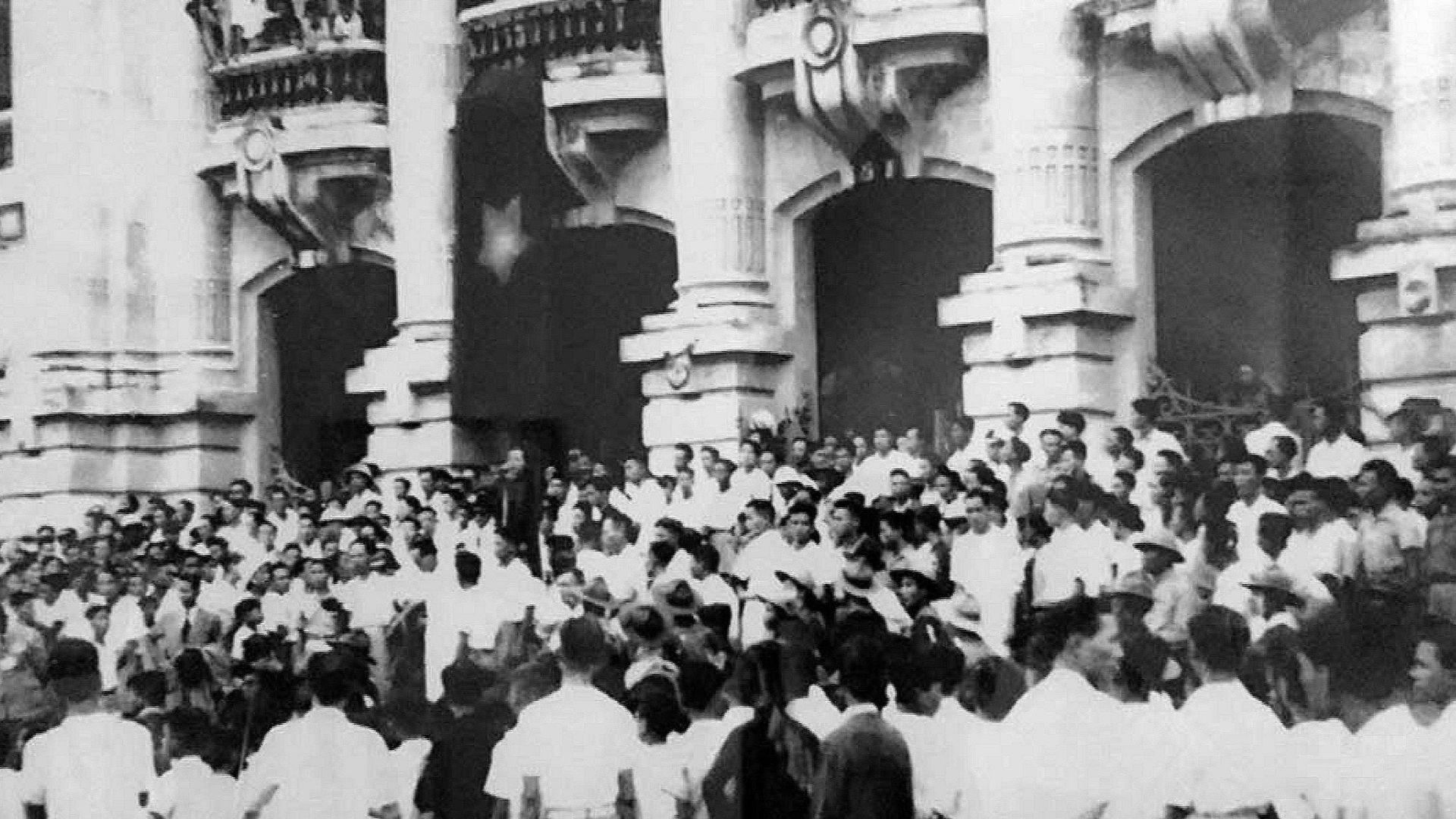 Front pour l'indépendance du Việt-Nam on Wikimedia
Front pour l'indépendance du Việt-Nam on Wikimedia
20. The Indonesian National Revolution
After World War II, Indonesia declared independence from Dutch rule. Fighting raged for years as colonizers resisted, but eventually, negotiations ended the conflict, and sovereignty was secured. The revolution reshaped Southeast Asia and stood as a bold step toward post-colonial identity and leadership.
KEEP ON READING
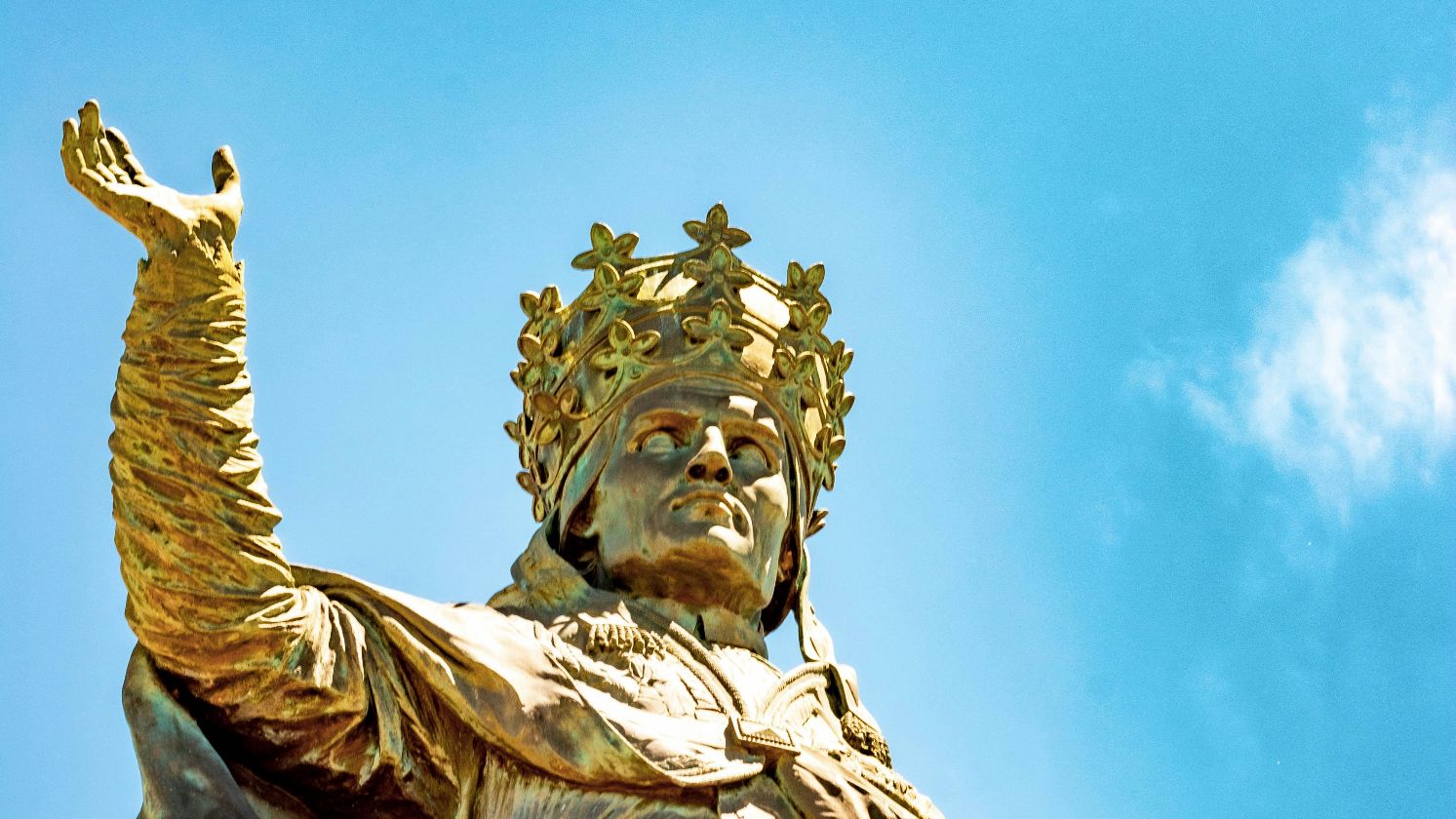
Remembering Pope Stephen VI, The Guy Who Made A Cadaver…
A Godly Man With A Grudge. Jean-Paul Laurens on WikimediaYou…
By Ashley Bast Oct 31, 2025
The 20 Most Historic Battles In American History
Battles That Shook American History. Not every battle is remembered,…
By Chase Wexler May 31, 2025
From School Plays To Starting A Cult: 20 Of The…
The Books That Made Us. Many people will tell you…
By Farva Ivkovic Jan 31, 2025
20 Facts About Jane Grey, The Forgotten Queen Of England
A Quick, Messy, and Tragic Reign. Lady Jane Grey never…
By Maria Cruz Jan 31, 2025
20 Of History's Greatest Forgotten Empires
Rome Wasn't The Only One That Fell. In the annals…
By Emilie Richardson-Dupuis Jul 31, 2025
Not All Hope Is Lost. Here Are Some Career Paths…
Put That Research Brain To Good Use. You want to…
By Breanna Schnurr Oct 31, 2025

